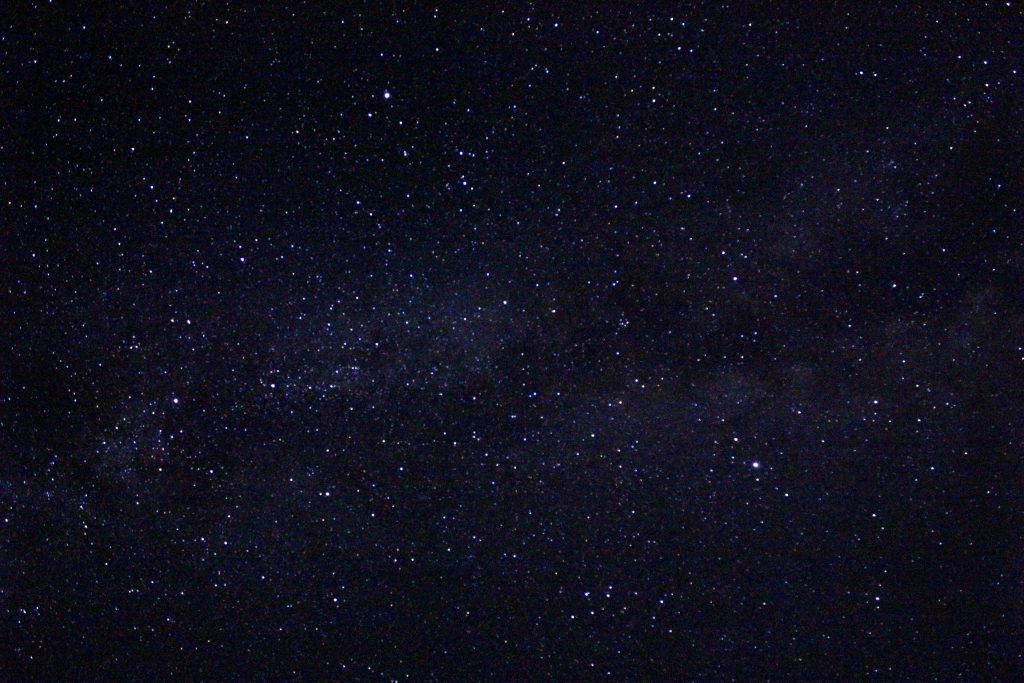
Physics students and faculty filled the ninth-floor conference room of Disque Hall on Thursday, Oct. 13 to hear Professor Naoko Kurahashi Neilson’s colloquium presenting her groundbreaking work studying galactic neutrinos. After over a decade of work investigating neutrino physics, Kurahashi Neilson’s most recent project developments are changing the way physicists view the night sky.
After getting her PhD in Physics from Stanford University for her work detecting ultra-high energy neutrinos, Kurahashi Neilson furthered her investigation of neutrinos at the University of Wisconsin-Madison’s Wisconsin IceCube Particle Astrophysics Center. Arriving at Drexel University in 2014, she continued to deepen her analysis. Her work during her time at Drexel has led to a number of developments in physicists’ understanding of neutrino astronomy. This year, she and her team published experimental results that used a decade of neutrino data to create a map of our sky — and our galaxy.
Neutrinos are subatomic particles that have infinitesimally small mass and travel at virtually the speed of light. They are also the most common particles in the universe, created during interactions between atoms and filling our universe as they travel through space. Using the IceCube Neutrino Observatory located in Antarctica, Kurahashi Neilson and her team collected data from galactic neutrinos that passed through the deep Antarctic ice.
After years of developing their analytic strategy, Kurahashi Neilson’s team was able to sift through an immense amount of data and decipher where in the night sky many of the galactic neutrinos were originating from. They then created a heat map of the sky using the source points of these neutrinos and were left with an image of our galaxy. Until now, analyzing light, such as radio, visible and gamma waves, has been the only strategy for mapping the galaxy as we see it in our night sky. The progress made by Kurahashi Neilson and her team marks a new age of particle physics and its use in astronomy.
Students and faculty attending the event took advantage of the colloquium to ask Kurahashi Neilson about her and her team’s analytical techniques, visiting IceCube and the future of her work. In an interview with The Triangle, Kurahashi Neilson provided even more insight into her experience. One of the biggest challenges of the work, she explains, was the uncertainty.
“We just [didn’t] know the real answer,” she says. “If the galaxy was unkind and it didn’t produce enough neutrinos, we wouldn’t have seen it.”
She also described how Drexel and its students played a key role in her ability to make this project into the success story it is today.
“Most of this work was done at Drexel… there were a lot of chances for students to make an impact,” she explains. “I’ve worked with very good students, and that has been a blessing.”
With the frenzy of presenting her work on the academic circuit, Kurahashi Neilson says she has barely had a chance to reflect on coming full circle on such a significant segment of her professional career.
“I don’t think it’s really sunk in yet… The dust has to settle a little bit more for me to fully appreciate what the implications are, and that will be an interesting reflection for me.”
After more than a decade of work and with the help of her team, Kurahashi Neilson has pioneered a new future in neutrinos. Bringing pride to the Department of Physics and to the university, she has changed the way we explore the stars and opened up a galaxy of opportunity for particle physicists.

